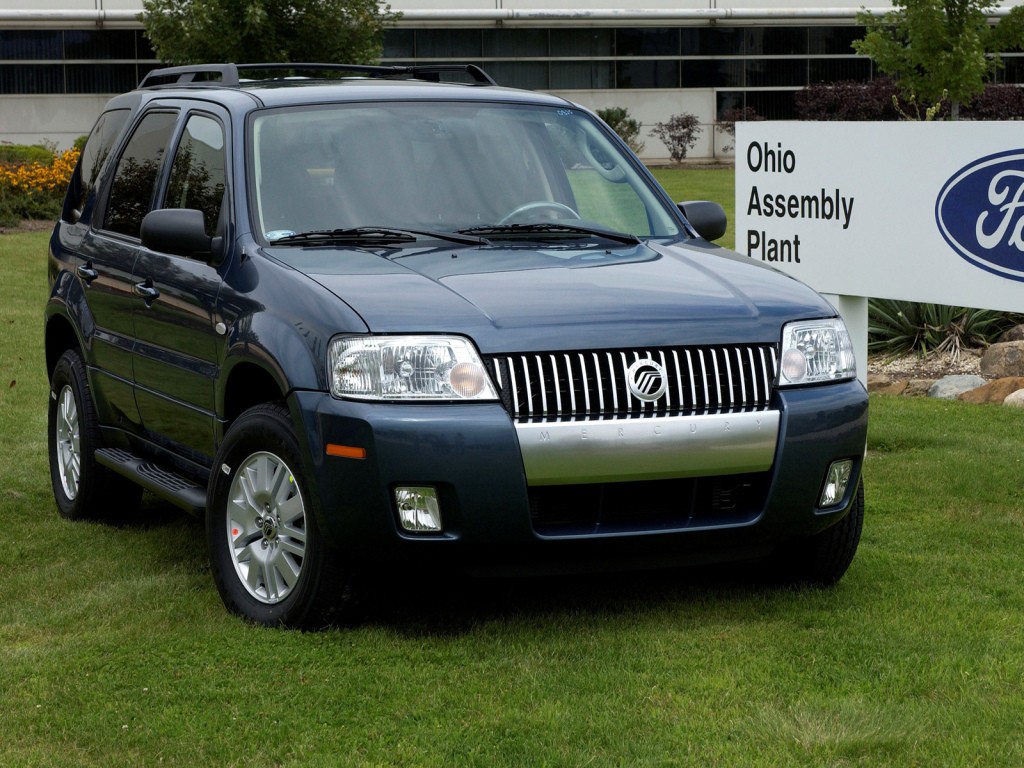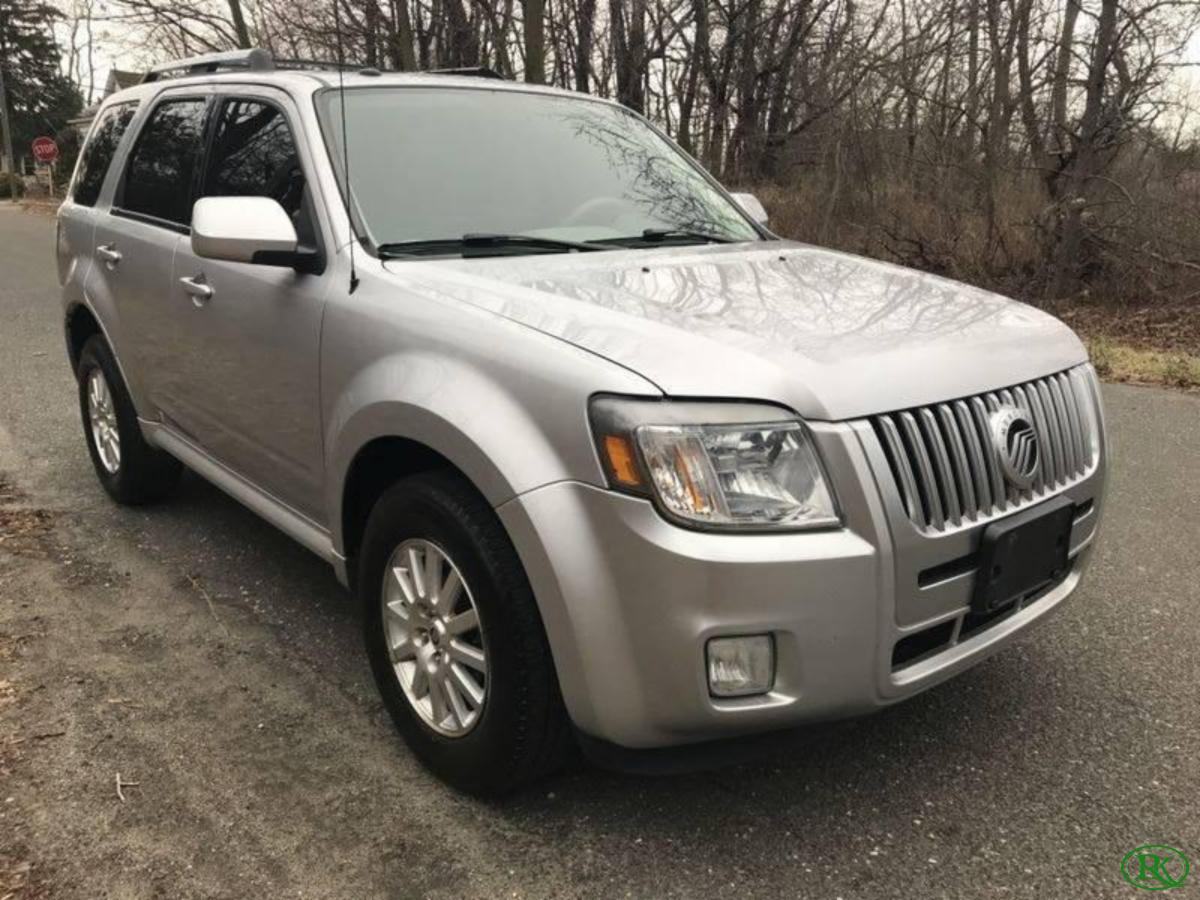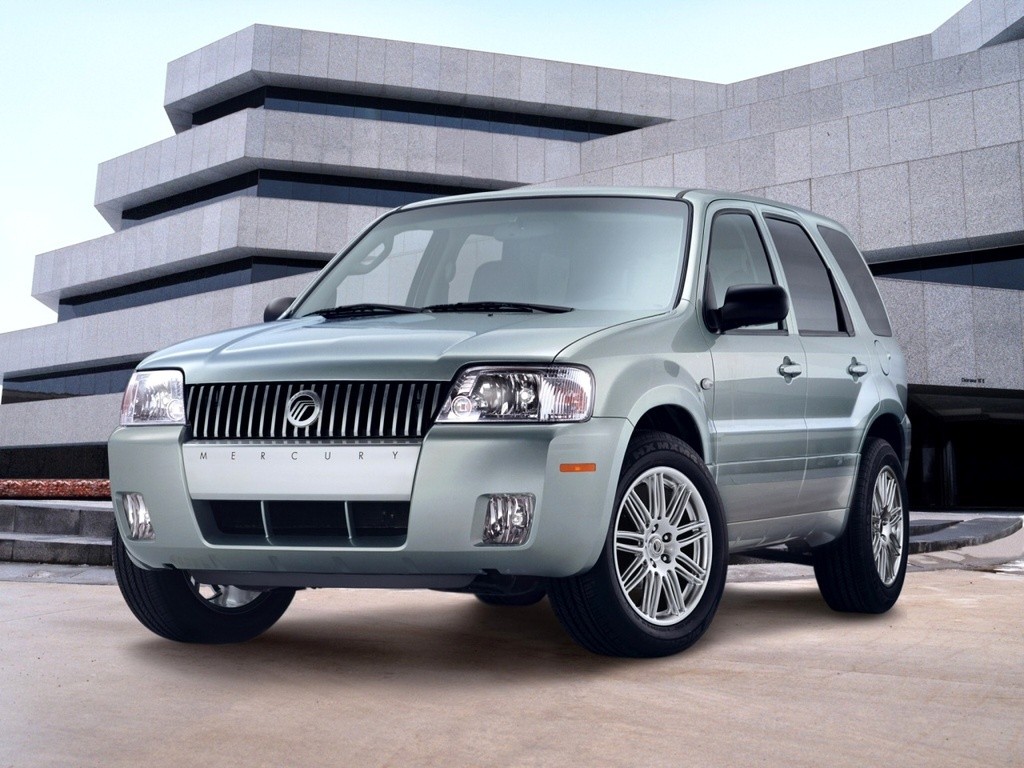
I drove a four-cylinder Mariner Premier, but I’ve driven the same V-6 in Ford’s closely related Escape, which reviewer Joe Wiesenfelder covers in a separate review. The five-seat Mariner comes in base and Premier trim levels with front- or all-wheel drive you can get a four-cylinder or V-6 engine, and an automatic transmission is standard. It still has a few flaws, and lined up against the ever-competitive Toyota RAV4 and Honda CR-V - not to mention new favorites from Saturn, Subaru and VW - Mercury’s contender doesn’t stand out. The changes for 2009 move the Mariner from average to appealing, but not decisively so. Its acceleration was too modest to justify its thirst at the pump, and it had too many low-rent plastics and seating annoyances inside. Those are all good things, because the redesigned 2008 Mariner left me lukewarm. The cabin also has some interesting new options. New four-cylinder and V-6 drivetrains produce more power with better gas mileage, and ride quality and braking performance have improved. Even though Mercury and Mariner had been the same product - except for paint and decals - for more than a decade, the faithful never accepted the reality, expressing a wish for the return of Mariner in the U.S.The 2009 Mercury Mariner has been mechanically overhauled, on the heels of a total redesign for 2008. In the U.S., loyal Mariner owners were downhearted. but to continue distribution internationally in markets where it remains popular. In 1999, the decision was reached to end Mariner sales in the U.S. sales through a larger number of committed boat builders, the savings in manufacturing and marketing costs for a single outboard brand would be significant. However, the economies of scale did not bode well for a two-brand strategy. Still, the perception remained that OMC would enjoy a “two-to-one advantage” with its dual outboard brands. boat builders, Mariner enjoyed a far larger market share internationally than at home. While the distribution issue lessened as more boats and motors were sold as a package by U.S. In the mid 1990s, the future viability of a second outboard brand was debated. When electronic fuel injection was introduced in 1986, the transition was complete the two outboards were mechanically the same. By the early ’80s, Mariner and Mercury were becoming more similar than different. Mariner was originally built under a joint venture with Yamaha, which was ended by the Federal Trade Commission’s ruling that the agreement hindered competition.

The new outboard brand established a foothold in Europe, thanks in part to a decision by OMC to sell direct to dealers, eliminating the loyal, long-term distributors. and Europe, Mariner instantly doubled the distribution potential for Mercury Marine. Introduced in Australia in 1974 and two years later in the U.S. The new Mercury engine brand was named “Mariner” to invoke a reliable, durable outboard that would appeal to a different customer than the fast, high-performance image of the Mercury brand.

While Mercury enjoyed equal market share in the category, it was thought that a second outboard line could boost Mercury Marine’s distribution, both in the U.S. Rival engine builder Outboard Marine Corporation (OMC) sold two outboard brands, Johnson and Evinrude.

Competition in the outboard market was tough in the early 1970s, and Mercury Marine found itself at a slight disadvantage.


 0 kommentar(er)
0 kommentar(er)
